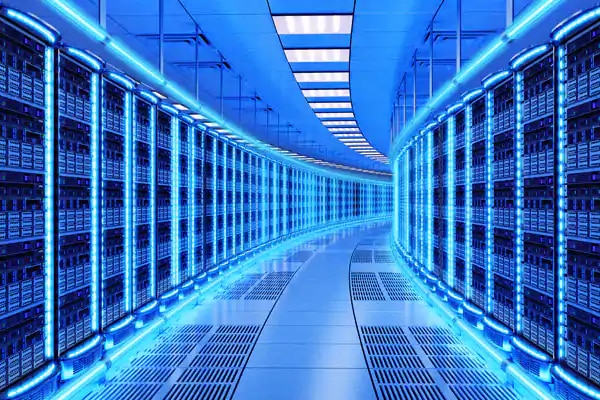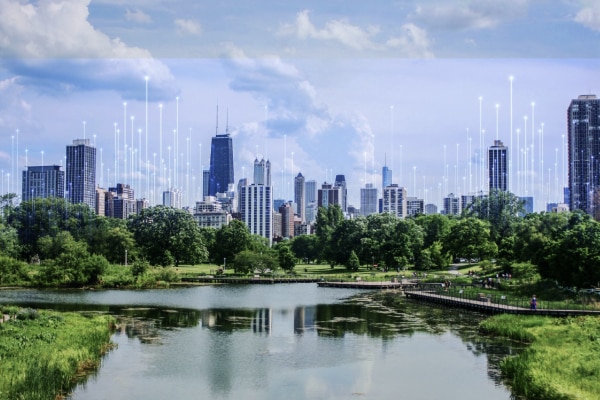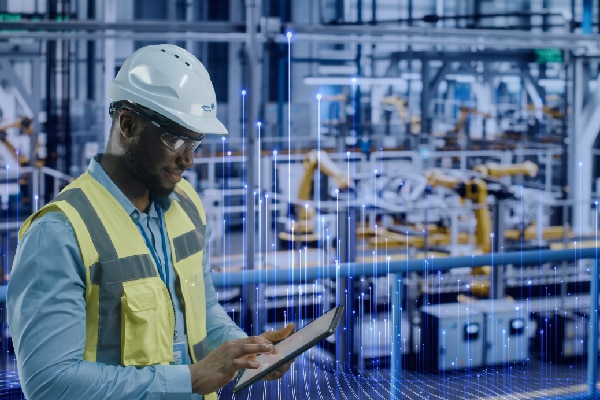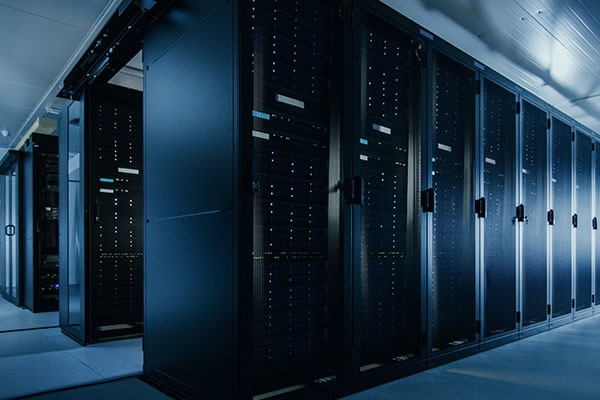Unlocking the Future: What is a Smart Building and Why It Matters
What is a Smart Building?
In today’s rapidly evolving world, the concept of smart buildings is transforming how we interact with our built environment. But what exactly is a smart building? At its core, a smart building leverages advanced technologies to enhance energy efficiency, occupant safety, health, comfort, and sustainability, all while striving to meet net zero targets.
Energy Efficiency
One of the primary goals of a smart building is to optimise energy consumption. By integrating systems such as heating, ventilation, and air conditioning (HVAC), lighting, and security through a centralised control system, smart buildings can significantly reduce energy waste. These systems are often powered by the Internet of Things (IoT) and artificial intelligence (AI), which enable real-time monitoring and adjustments based on occupancy and usage patterns. This not only lowers energy costs but also reduces the building’s carbon footprint.
Smart buildings utilise advanced sensing and control technologies to actively reduce energy use and demand. For instance, automated building controls can save 10-15% of energy in commercial buildings, while more advanced functionalities like demand-controlled ventilation can save an additional 5-10%. By leveraging these technologies, smart buildings contribute significantly to global efforts to reduce greenhouse gas emissions and combat climate change.
Occupant Safety
Safety is a paramount concern in any building, and smart buildings take this to the next level. Advanced security systems, including surveillance cameras, access control, and emergency response systems, are integrated to provide a comprehensive safety net. These systems can detect and respond to potential threats more quickly and efficiently than traditional setups. Additionally, smart buildings often include features like automated fire detection and suppression systems, ensuring a swift response in case of emergencies.
Smart building technologies also play a crucial role in enhancing occupant safety by providing real-time monitoring and control of security systems. For example, biometric access controls and cloud-based surveillance systems can significantly improve the security of a building. In the event of an emergency, smart buildings can facilitate efficient evacuations by monitoring the flow of occupants and ensuring clear escape routes.
Occupant Health and Comfort
Smart buildings are designed with the well-being of occupants in mind. They utilise advanced HVAC systems to maintain optimal indoor air quality, which is crucial for health and productivity. These systems can adjust temperature, humidity, and ventilation based on real-time data, ensuring a comfortable environment for all occupants. Furthermore, smart lighting systems can mimic natural light patterns, reducing eye strain and improving overall well-being.
Occupant comfort is a growing priority in smart building design. Factors such as lighting, acoustics, air quality, and temperature are carefully monitored and adjusted to create a healthy and productive environment. For instance, smart buildings use sensors to monitor air quality and adjust HVAC systems accordingly, reducing health risks and enhancing comfort. Personalised settings for temperature and lighting can also be implemented to cater to individual preferences, further improving occupant satisfaction.
Sustainability
Sustainability is at the heart of the smart building concept. By optimising energy use and incorporating renewable energy sources, smart buildings contribute to a more sustainable future. They often feature green roofs, rainwater harvesting systems, and other eco-friendly technologies that reduce their environmental impact. The use of sustainable materials and construction practices also plays a significant role in minimising the carbon footprint of these buildings.
Smart buildings incorporate sustainable features such as renewable energy sources, energy management systems, and water conservation systems to reduce their environmental impact. By leveraging data and digital technology, these buildings can optimise resource usage and adapt to changing conditions, promoting eco-friendly practices and reducing waste. This not only benefits the environment but also reduces operating costs in the long run.
Net Zero Targets
Achieving net zero energy consumption is a key objective for many smart buildings. This means that the building produces as much energy as it consumes, often through a combination of energy efficiency measures and renewable energy sources. Smart buildings are equipped with solar panels, wind turbines, and other renewable energy technologies to generate clean energy on-site. Additionally, energy storage systems, such as batteries, are used to store excess energy for later use, ensuring a consistent energy supply.
Smart buildings will play a pivotal role in the race to meet net zero targets by 2050. With buildings responsible for around 40% of global energy consumption and CO2 emissions, smart technologies are essential for reducing energy use and emissions. Advanced automation, intelligent heating and lighting controls, and energy-efficient retrofits are proven methods for achieving these green targets. By integrating low-carbon technologies and promoting energy flexibility, smart buildings can significantly contribute to global sustainability goals.
Conclusion
Smart buildings represent the future of the built environment, offering a myriad of benefits from energy efficiency and occupant safety to health, comfort, sustainability, and net zero targets. By harnessing the power of advanced technologies, these buildings not only enhance the quality of life for occupants but also contribute to a more sustainable and resilient world.
Contact Johnson Controls today using the form below to find out how our smart building experts can help your organisation achieve their goals.
Additional Sources:

























.png?la=en&h=70&w=157&hash=717A494A27ED61C45CEF95AC3A9C6309)







































